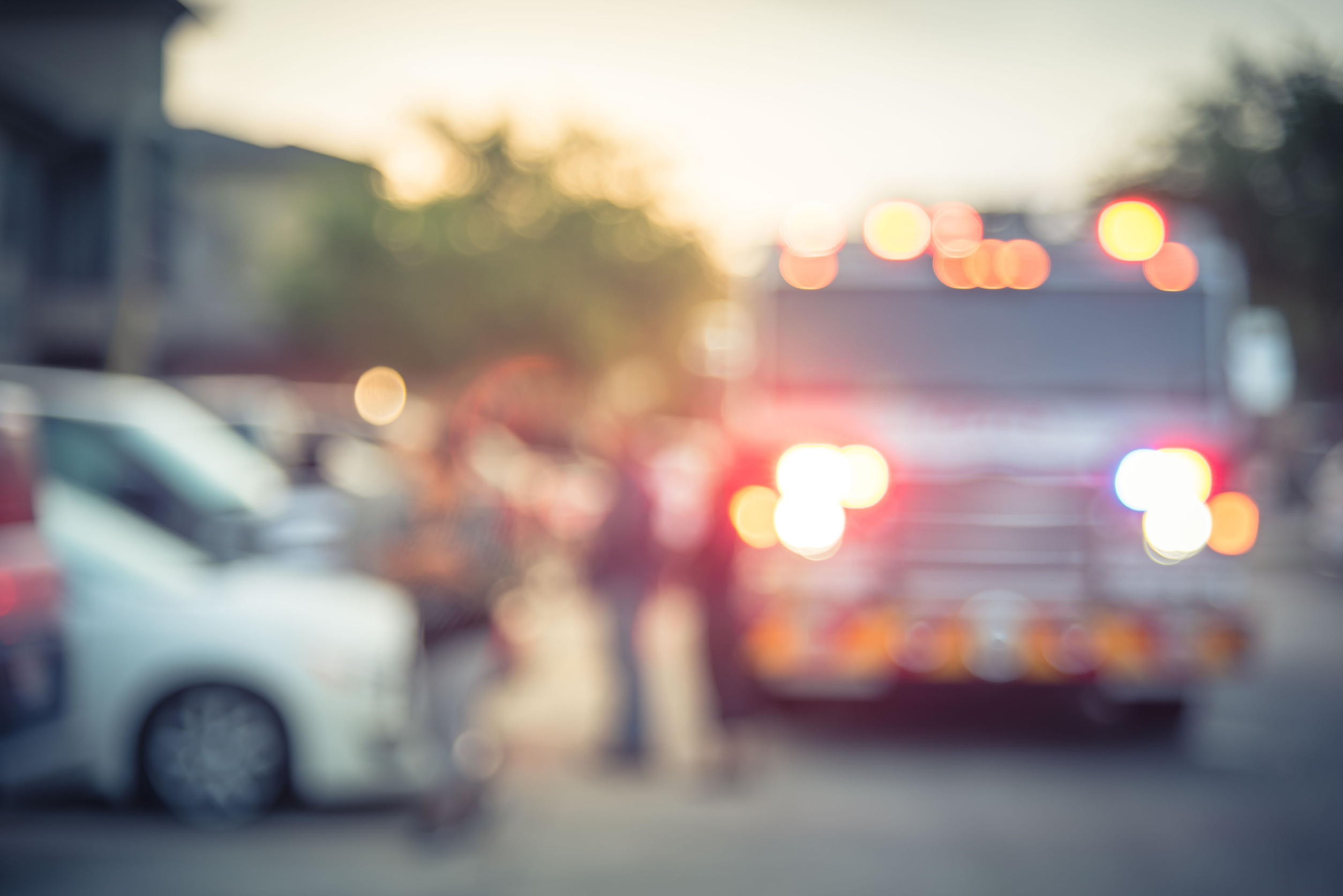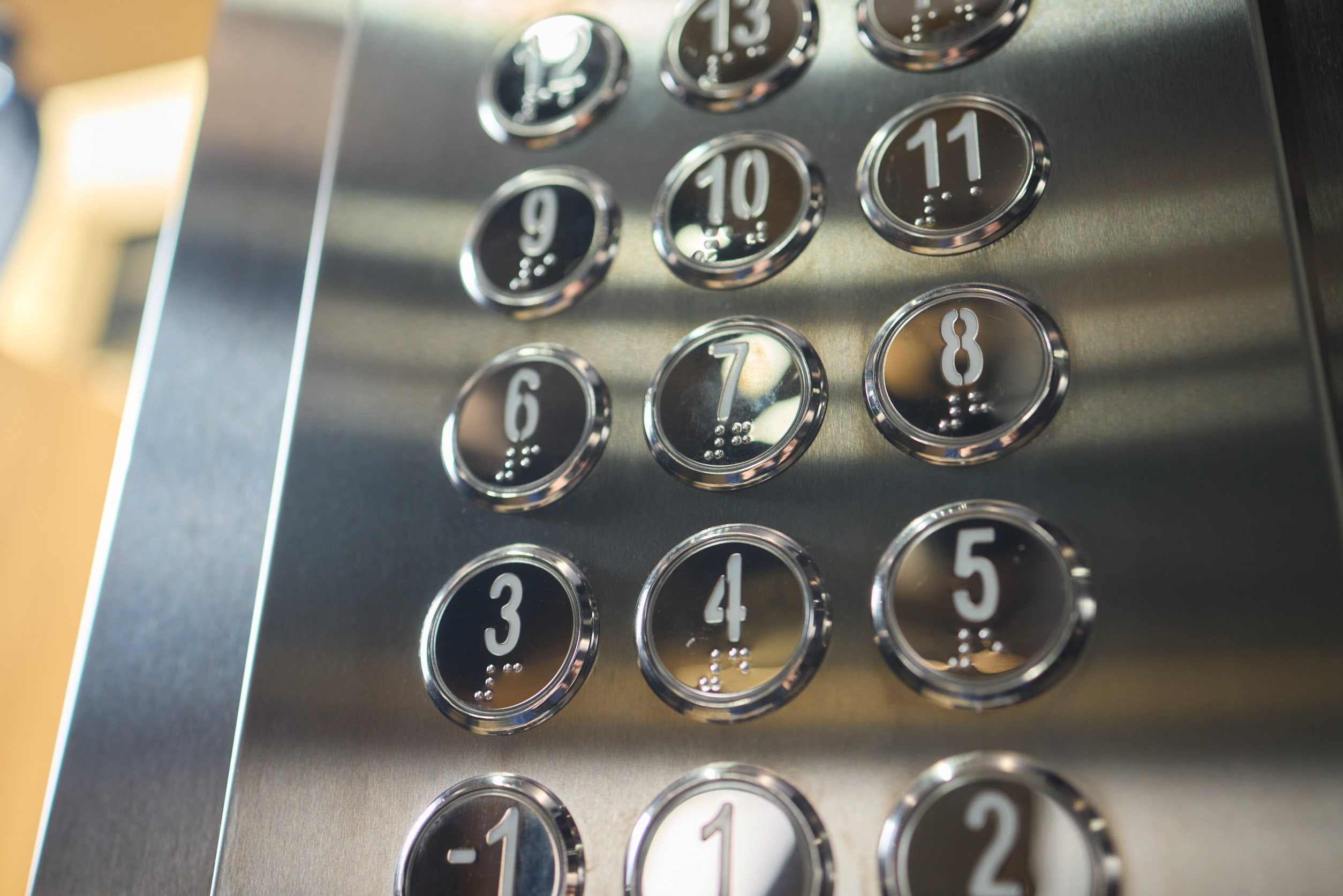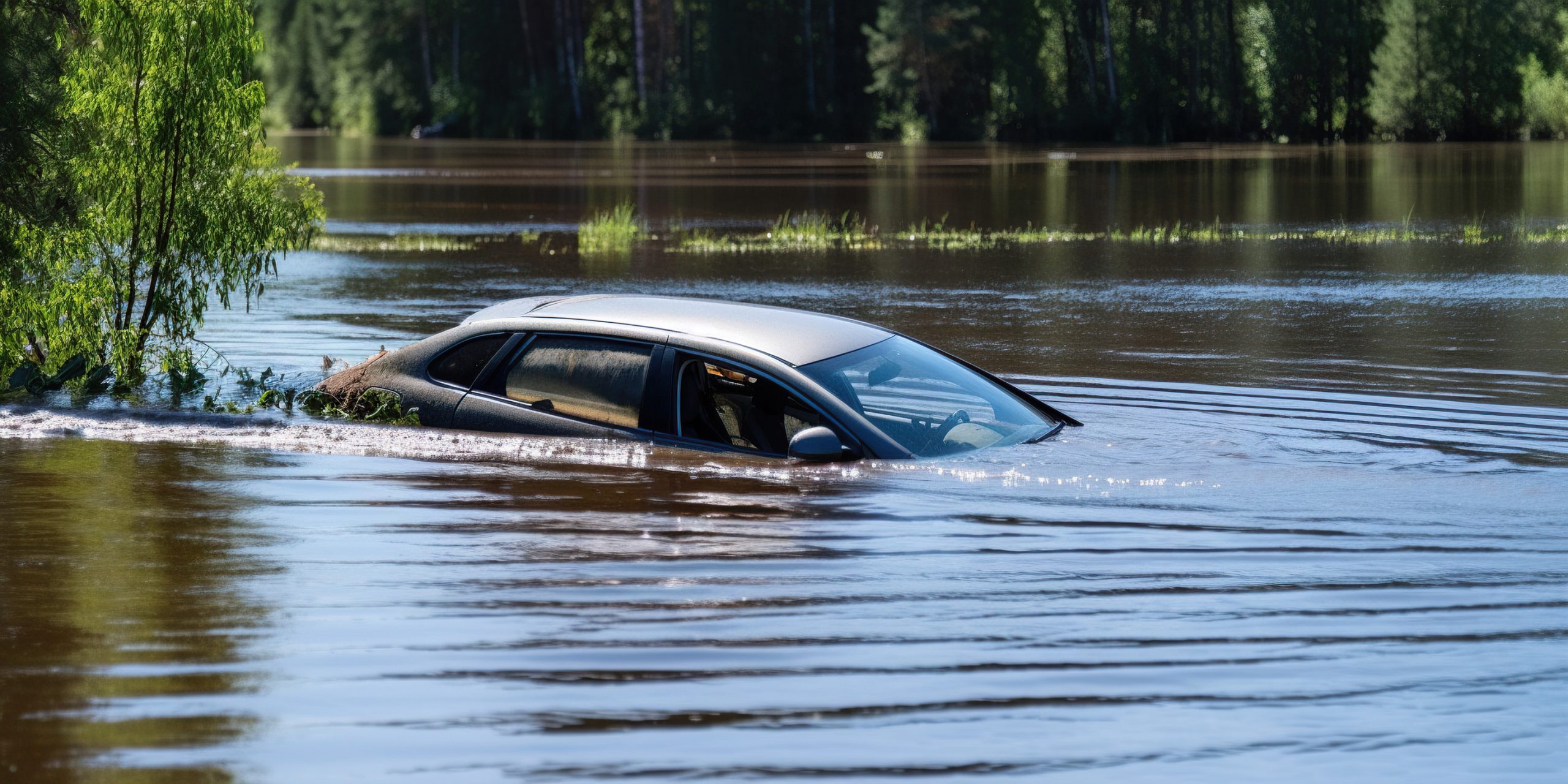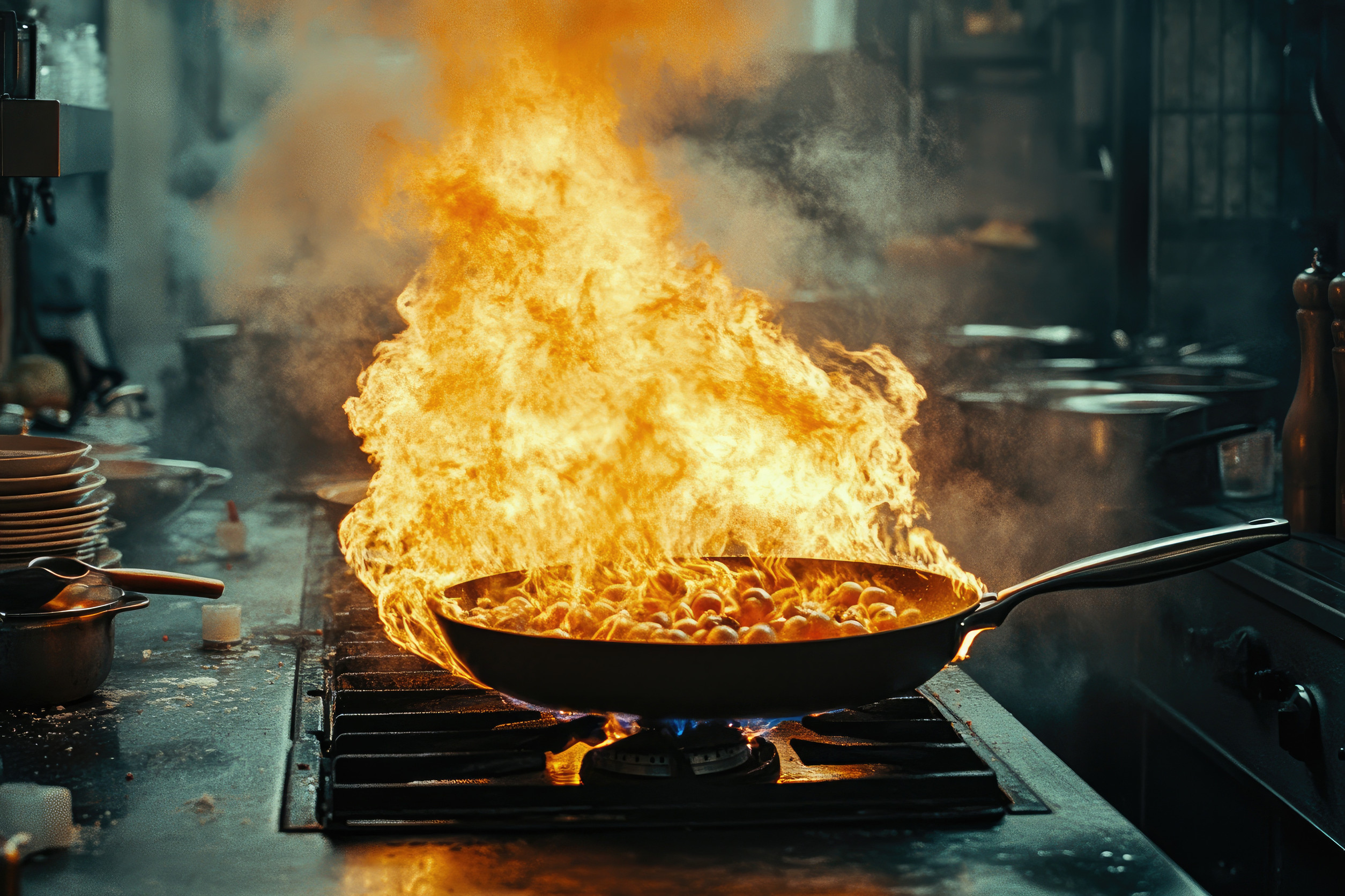Staying safe in an emergency means knowing the facts. Unfortunately, many common safety beliefs are outdated or just plain wrong. Believing these myths can put you and your loved ones at risk when disaster strikes. Here are seven safety myths you need to stop believing now.
1. You Should Always Hide Under a Doorway During an Earthquake
Many people think standing in a doorway during an earthquake is the safest option, but this is outdated advice. Modern buildings are not constructed like old adobe structures, where doorways were the strongest part. Walls and ceilings are now built with reinforced materials, making doorways no stronger than any other part of the house. Instead, the best move is to drop, cover, and hold onto something sturdy. Hiding under a strong table or desk provides better protection from falling debris. Doorways expose you to swinging doors and debris, increasing the risk of injury.
2. If an Elevator Stops, You Should Try to Pry the Doors Open
Many people panic when an elevator stops and try to escape by forcing the doors open. However, this can be extremely dangerous because you could fall into the elevator shaft if the car is stuck between floors. The safest action is to stay inside, press the emergency button, and wait for professional help. Modern elevators have multiple safety features, so they are unlikely to free-fall. Trying to climb out on your own could lead to serious injuries. Stay calm and wait for emergency responders to assist you.
3. During a Tornado, Open Windows to Equalize Pressure
A long-standing myth suggests that windows should be opened during a tornado to prevent pressure buildup inside a house. In reality, this does nothing to stop structural damage and wastes valuable time you could use to seek shelter. Tornadoes create powerful winds that can tear apart a house regardless of whether the windows are open or closed. The best action is to get to a basement or interior room without windows and cover yourself with heavy furniture or a mattress. Opening windows only increases your risk of being hit by flying debris.
4. You Can Safely Outrun a Riptide by Swimming Straight Back to Shore
Many people assume that swimming straight to shore is the best way to escape a riptide, but this can lead to exhaustion and drowning. Riptides are strong currents that pull swimmers away from the shore, and fighting against them is nearly impossible. Instead, experts recommend swimming parallel to the shore until you escape the current. Once you are free, then you can swim diagonally back to land. Staying calm and floating if you’re tired can also help conserve energy until help arrives.
5. Tapping on a Car Window Is the Best Way to Escape a Sinking Vehicle
Hollywood often shows characters trying to break car windows with their fists or objects when a vehicle is sinking. In reality, car windows are designed to withstand pressure, making them nearly impossible to break this way. Instead, experts recommend keeping a window-breaking tool in your glove compartment or center console. If your car is sinking, immediately roll down the windows before water pressure builds. If the windows won’t open, use a specialized tool to break a side window and escape. Acting quickly is crucial since most cars sink in under a minute.
6. If Someone Is in Cardiac Arrest, Slapping Them Can Revive Them
Movies often show people slapping or shaking someone to wake them from cardiac arrest, but this is not how real CPR works. Cardiac arrest means the heart has stopped beating, and the only way to restore circulation is with chest compressions. If someone collapses and is unresponsive, call 911 immediately and begin CPR. Push hard and fast in the center of the chest until professional help arrives. Using an Automated External Defibrillator (AED) can also increase survival chances. Waiting for the person to wake up on their own wastes precious time and can be fatal.
7. Pouring Water on a Grease Fire Will Put It Out
Many people instinctively reach for water when a fire breaks out, but this is a dangerous mistake with grease fires. Pouring water on burning oil causes it to splatter and spread, making the fire worse. Instead, turn off the heat source and cover the fire with a metal lid to smother the flames. If that’s not possible, use baking soda or a fire extinguisher rated for grease fires. Never use flour or sugar, as these can ignite and explode. Staying calm and using the right fire-fighting methods can prevent disaster.
Safety Is About Knowing the Right Actions
Believing safety myths can be more dangerous than doing nothing at all. In an emergency, knowing the right steps to take can save your life and the lives of others. Stay informed and question outdated advice to avoid making critical mistakes. Keep emergency tools on hand, practice real safety strategies, and always follow expert recommendations. Being prepared with the right knowledge is the best way to protect yourself and those around you.
Read More:
- Here’s What Having An Emergency Fund Can Do to Change Your Life
- Navigating the Complexities of Car Accidents: Key Insights for the Modern Driver




